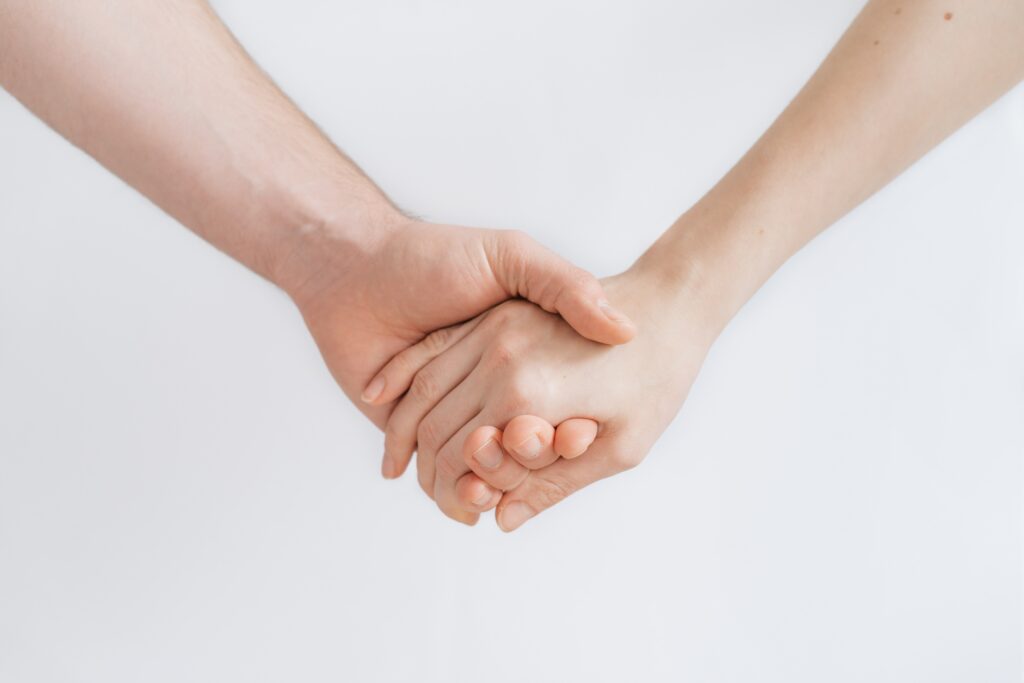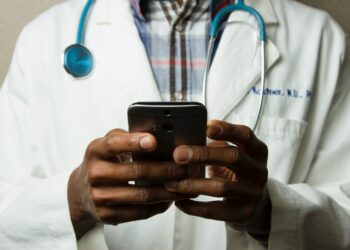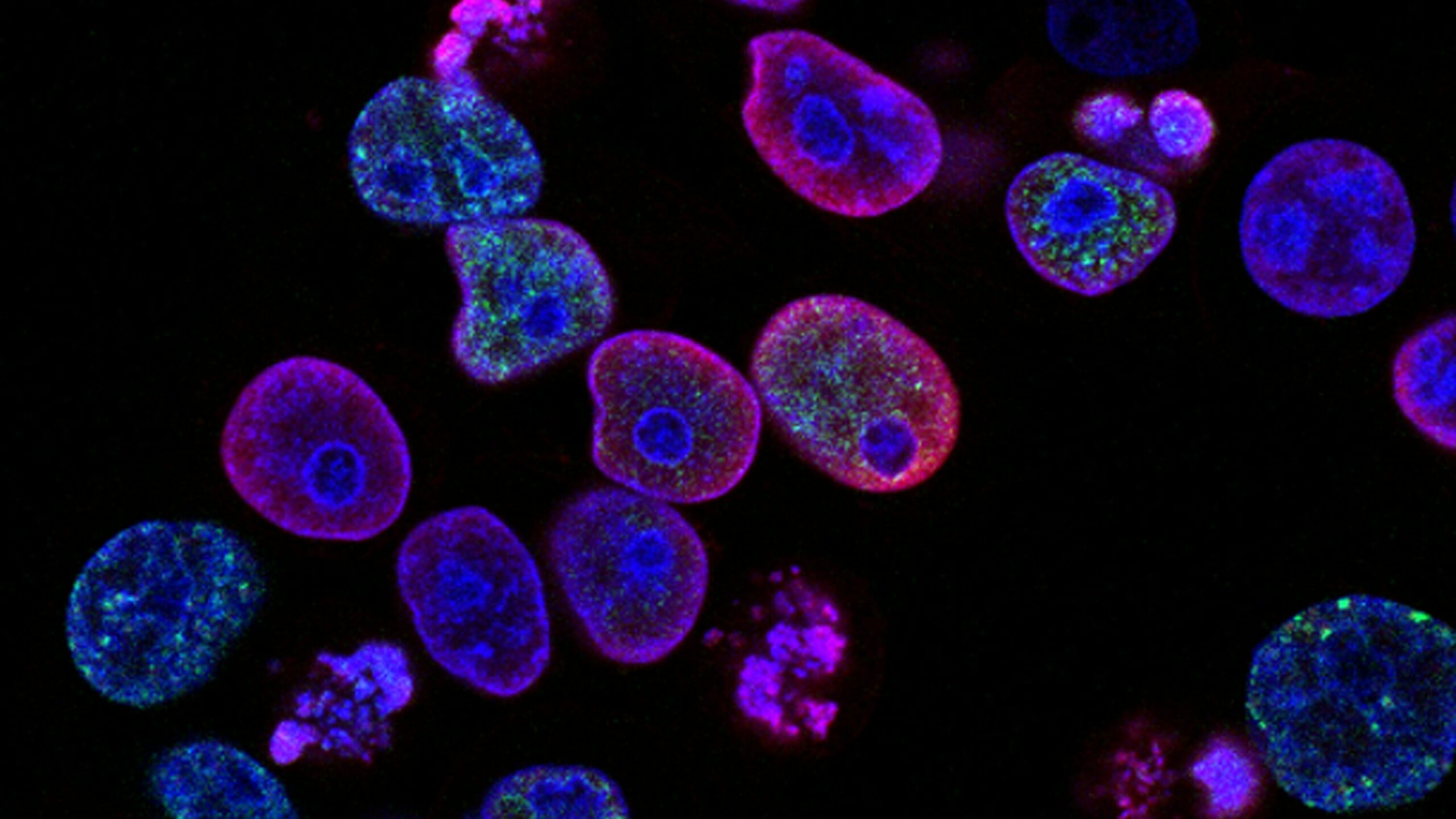A fresh start
Although the topic “Augmented Reality in Education” is super interesting and definitely has potential for a master’s thesis, I realized that I don’t want to pursue it further. I originally chose it because I had little prior knowledge about AR and wanted to “plunge into uncharted waters”. However, I soon realized that it didn’t really fit my strengths and interests.
Therefore, I used the past semester to find a new topic for my master’s thesis. I started off with writing a list of requirements. My Master’s thesis should…
- … have societal relevance and added value for people/the environment
- … focus on visual design and user experience, since that’s where my strengths lie
- … be realizable from abroad, since I’m planning to go on Erasmus
Having my list in mind, I started brainstorming. I read articles and abstracts of existing Master’s theses in the field of UI/UX design, I browsed through design platforms like Behance and collected examples, ideas and inspiration. So I made a looong list in the notes app on my phone with raw ideas that came to my mind during research. In the end that list ranged from female leaders in the interaction design field to accessibility issues to family banking to blood donation to pet adoption… and more. As a next step I started to narrow that list down and came to the conclusion that I wanted to work on a UX case study for some mobile app or web application following a design process (e.g. Human Centered Design Process, Design Thinking). I felt that I was finally getting somewhere, but the most important part was still missing: The concrete topic. A mobile app for WHAT? There is already an app for everything, I thought – What could I possibly create that would have an impact? That was when I realized that talking to other people might help. So I asked my sister, who is a doctor, if there was anything in her daily life at the hospital which could be improved by digitalization. And actually there was a lot ;). Ranging from analog patient files to rehab programs for stroke patients, she had some ideas where I could see potential. But it should be something that was within the scope of a Master’s thesis (e.g. digitizing the complete patient management system of a whole association of Austrian hospitals was not). In the end there was one idea left, that would perfectly fit my plan as well as my skills: A mobile app which would help pregnant women with gestational diabetes (GDM) to keep track of their blood sugar, diet, exercise and therapy.
What is GDM?
Gestational diabetes mellitus (GDM) is one of the most common complications of pregnant women affecting up to 20% and can lead to many unfavorable outcomes for both mother and newborn. Hence, screening pregnant women for GDM and adequate treatment is essential for the short- and long-term outcome of mother and child. Being diagnosed with GDM comes with major effort including exercise, nutritional therapy, blood glucose monitoring and documentation four times per day, medical appointments every one to three weeks and in many cases insulin injections. Thus, patients tend to struggle with their compliance. Especially doctor appointments can be time-consuming, as patients usually have to document their measurement data in an analog diary. These data are then manually reviewed by the doctor and compared with data stored directly on the blood glucose meter to check for the patient’s reliability (Alfadhli, 2015).
The road ahead
Based on this medical procedure, the aim of my thesis is to find out how a mobile app could support the process of monitoring and analyzing blood glucose data and which advantages it could have for both the patient and the doctor. There are already several diabetes-monitoring apps on the market but none of them appear to be tailored to GDM patients. Therefore, this project offers the potential to specifically address the requirements and needs of GDM patients and provide them with a digital monitoring solution as an alternative to an analog diary. The concrete idea is to design and evaluate a high fidelity prototype of a mobile app using the design thinking process, which is an iterative process that includes five phases. Potential features of the app are:
- automatic data transfer from the glucose meter to the app as well as the possibility to enter relevant data manually
- automatic generation of comprehensive statistics with the ability to detect limit violations
- reminders and notifications (e.g. blood glucose measurment, insulin injection, exercise)
- suggestions on diet and exercise based on previously entered data
- well-founded information about GDM (e.g. videos, articles, FAQs)
- possibility to download a report for the doctor.
Conclusion
After spending so much time researching, brainstorming and talking to people I think I finally found a topic, that I “burn for” (as we say in german). I think the app could really help people affected by GDM and isn’t just another useless app on the market. As the Erasmus application required an abstract of the thesis topic, I have already written a preliminary research proposal and I am happy to have DI (FH) Anika Kronberger, MA as my supervisor.
________________
Sources:
Alfadhli E. M. (2015). Gestational diabetes mellitus. Saudi medical journal, 36(4), 399–406. https://doi.org/10.15537/smj.2015.4.10307




